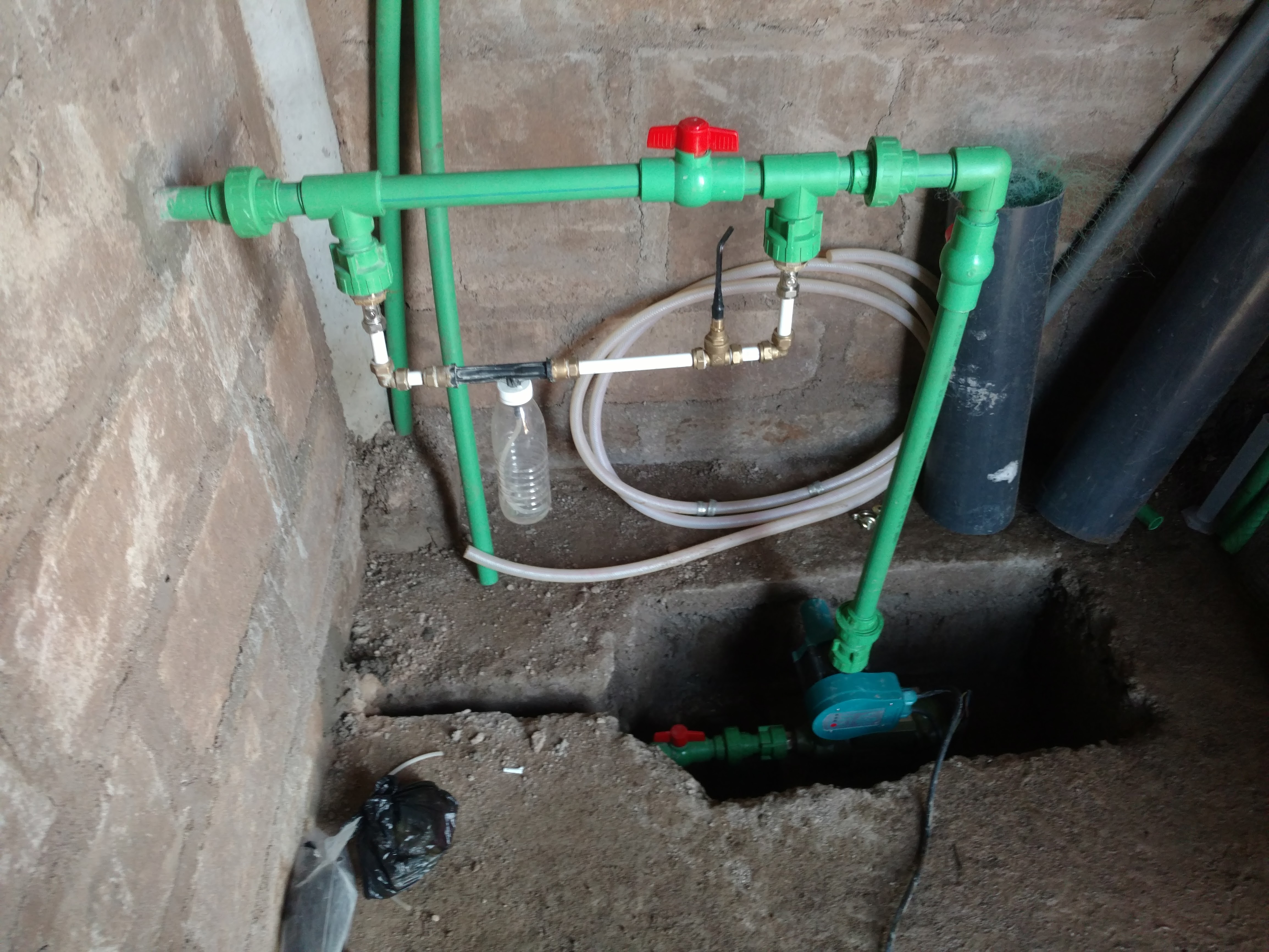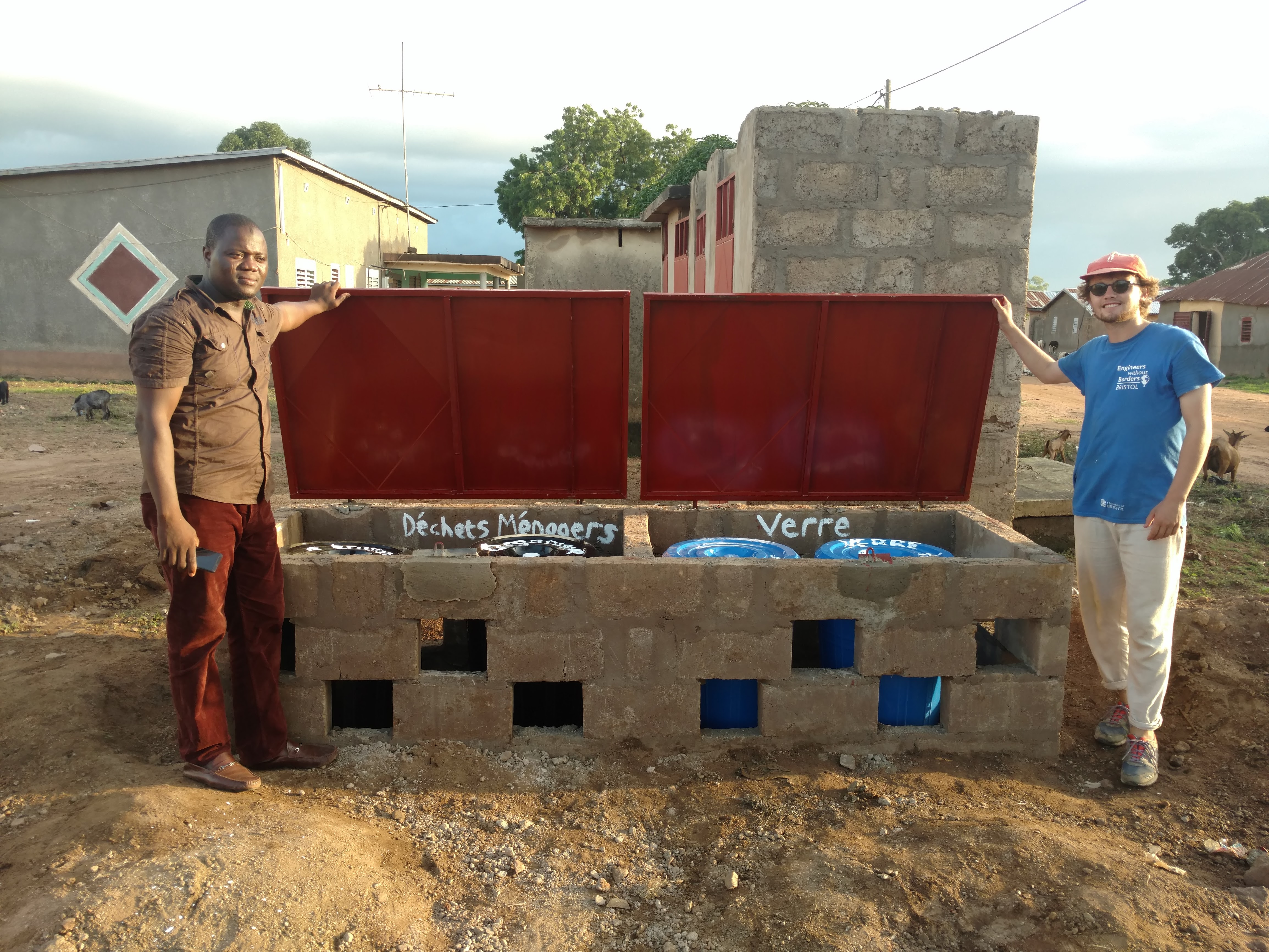Benin project
One of my most formative experiences was, when I led a team of four, including another civil engineering student to Benin in francophone Africa where we constructed a rainwater harvesting system for a local health clinic. The University funded mission gave budgetary freedom and allowed me to exert significant design decisions after discussion with the team present, making for an efficient process.

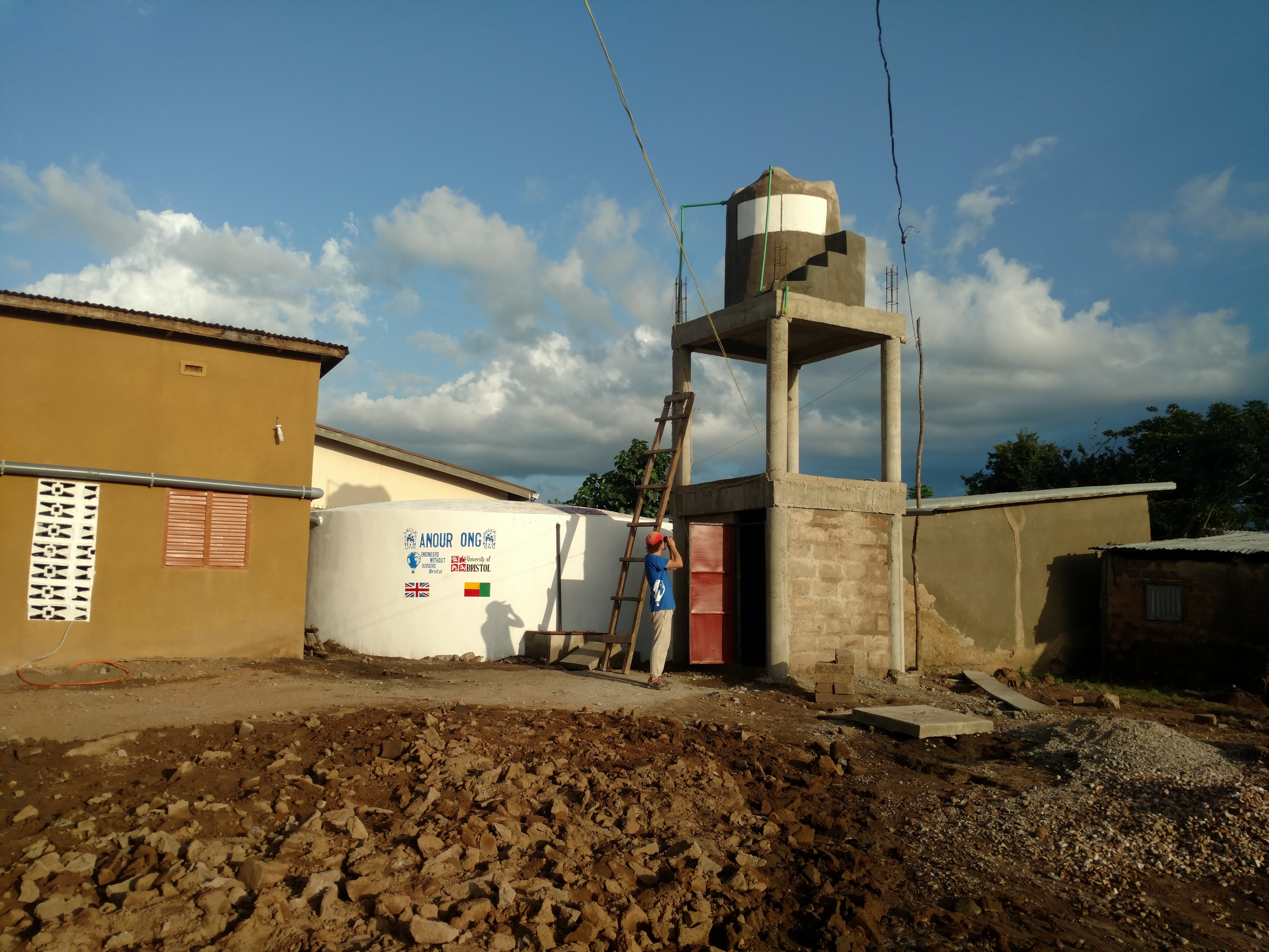
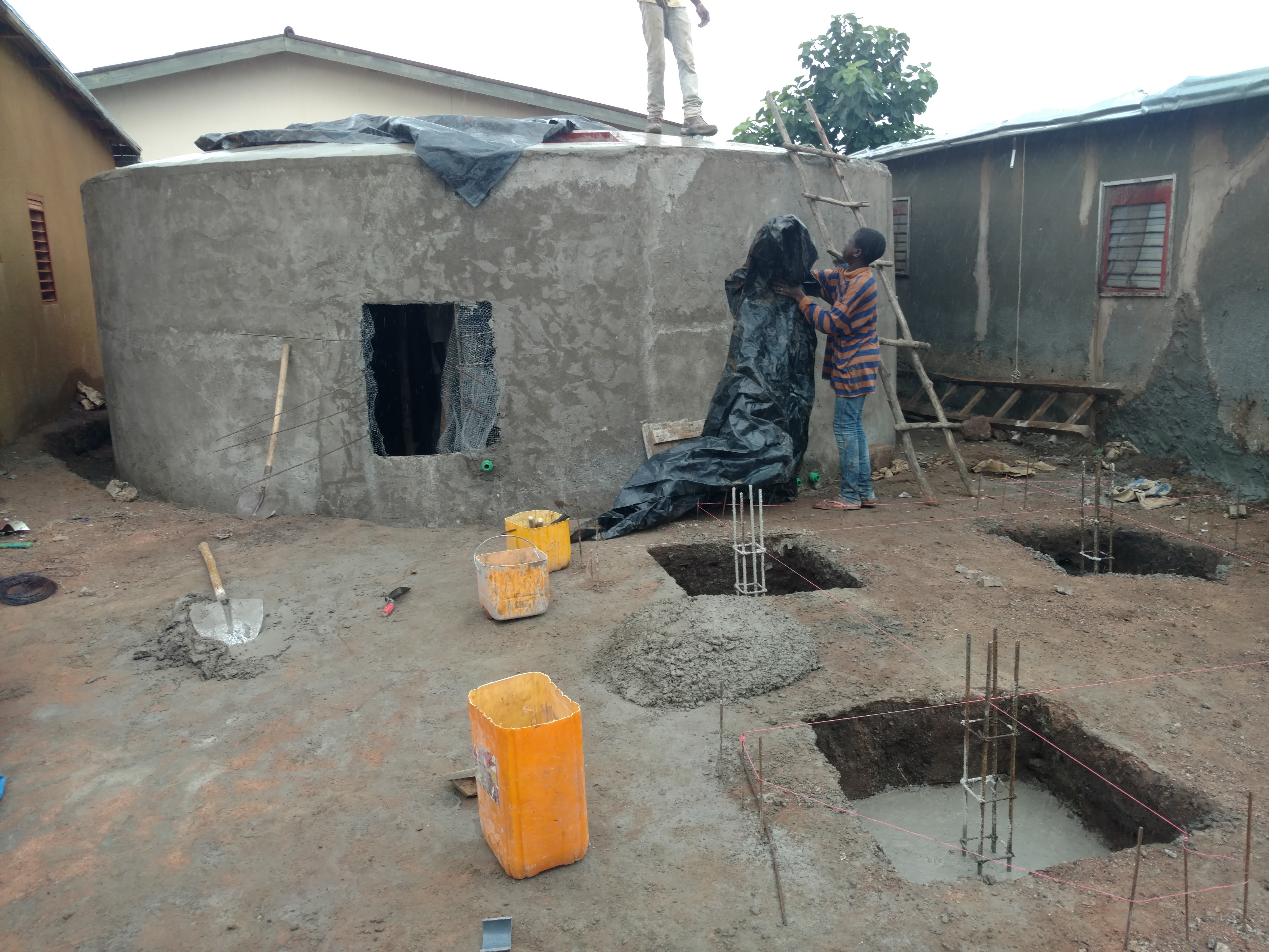
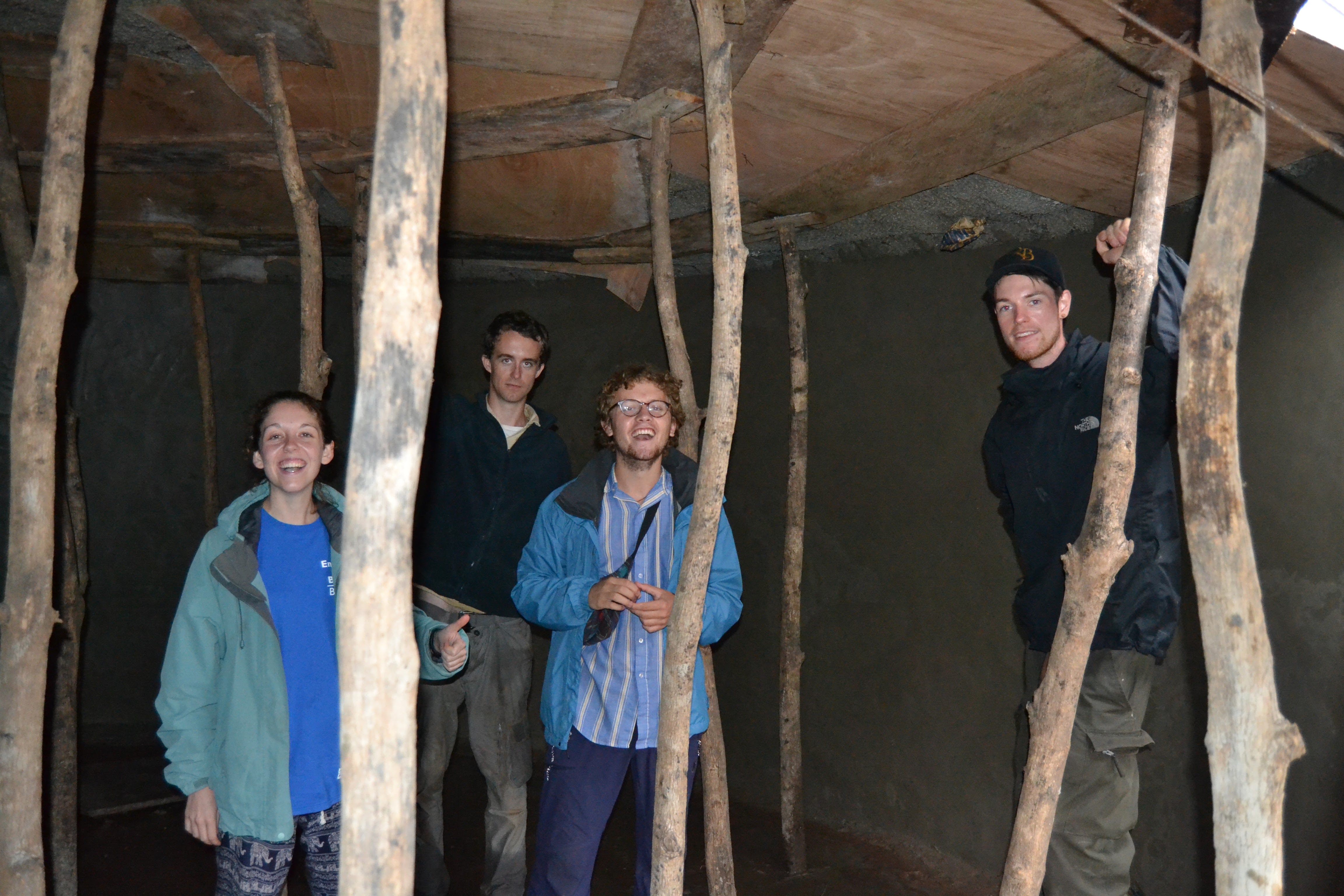
The project was a unique opportunity to experience the reality of construction in a place where the cultural norms dominated. There were functionally no professional standards or regulatory enforcement or town planning laws. Thus, I acquired leadership, self-control, fast-paced technical decision-making skills and gained enormous experience in negotiating with people with vested interests. Importantly, I improved my spoken French to fluency as all communication as the only francophone in the group. My personal and communication and negotiation skills were tested at every level.
As a team leader, I delegated revised roles to respond to an evolving situation. I reassured team members in times of crisis by addressing concerns about subsidence with technical reasoning. I determined consequences and responsibilities under conditions of failure, discussing those with clinic management and relayed that back to the team to confer clarity about our situation as unchartered volunteers, eager to make a contribution.
My team oversaw the purchase of approximately £5000 of construction materials and labour. Often a careful eye was required to assure the quality of rebar, which was frequently reduced in diameter to save resources. I travelled with the clinic management to find materials, including directly purchasing from a Chinese owned granite mine used for their highway construction. Quantities of aggregate were sold by the ‘baril’ or ‘tonnaeau’; a stack of 6 bowls of rock lifted on to a flatbed truck. Accurately estimating quantities under pressure was essential, considering the cost of transport was significant. I negotiated labour charges using ‘la méthode africaine’, where the fee was based on a post work discussion of the quality of result, the number of hours worked and the extent to which the brief was fulfilled.
I arbitrated disputes with the host charity organization who failed to provide us transport and negotiated, on our behalf, the clinic’s financial contribution which left us short of funds. I dealt with evidential shortage of funds as soon as possible by preparing a revised business case for the clinic, elaborating projected costs, establishing ROI of saved water costs and reiterating the benefits of reliable water supply. Following this, I chaired a meeting and successfully proposed to increase the clinic’s contribution from 10% to 25% given the present unavoidable situation. I was financially responsible in producing a receipt document, presented to the clinic representing the total bill of only ~£5000. This resolved the crisis in the project.
The labour including in total of 4 masons, a steelworker, 3 apprentices, a plumber, carpenter and array of contractors was sourced through local contacts, but I personally carried out all briefings. I produced AutoCAD structural plans of the tower and tank and was constantly on hand to explain away any confusion and direct work. There was a great satisfaction in realizing the transfer of my own academic knowledge to the locals. For example, the steelworker was impressive in his speed and accuracy, but had no awareness that the structural integrity of rebar was significantly reduced by bending it through a very narrow radius and thus updated his technique on my request. There are many other technical details when knowledge was exchanged involving rebar schedule, concrete composition, plumbing schematics and cleaning logistics.
The rebar layout in the tower foundation design was made symmetrical to better distribute load. We taught the technique of rendering the water tank over wire mesh, protecting it from sun damage and thus increasing lifetime from two years to a decade. We employed a water sterilization system injecting bleach during transfer from reservoir to water tower, employing the Venturi effect and eliminating the need to climb the tower to dose directly.
There are endemic problems of soil erosion in this area as vegetation has been completely removed, there is no municipal drainage or guttering and the area can be prone to incredibly intense rainfall, inducing flash flooding in the streets. As such, locating the tank away from the path of a stream flow was essential.
The whole project was run from my laptop, via excel and AutoCAD. Sizes and order quantities for steel, sand, cement, aggregate and all costs were managed in Excel as the physical structure was constantly changing according to new requirements.
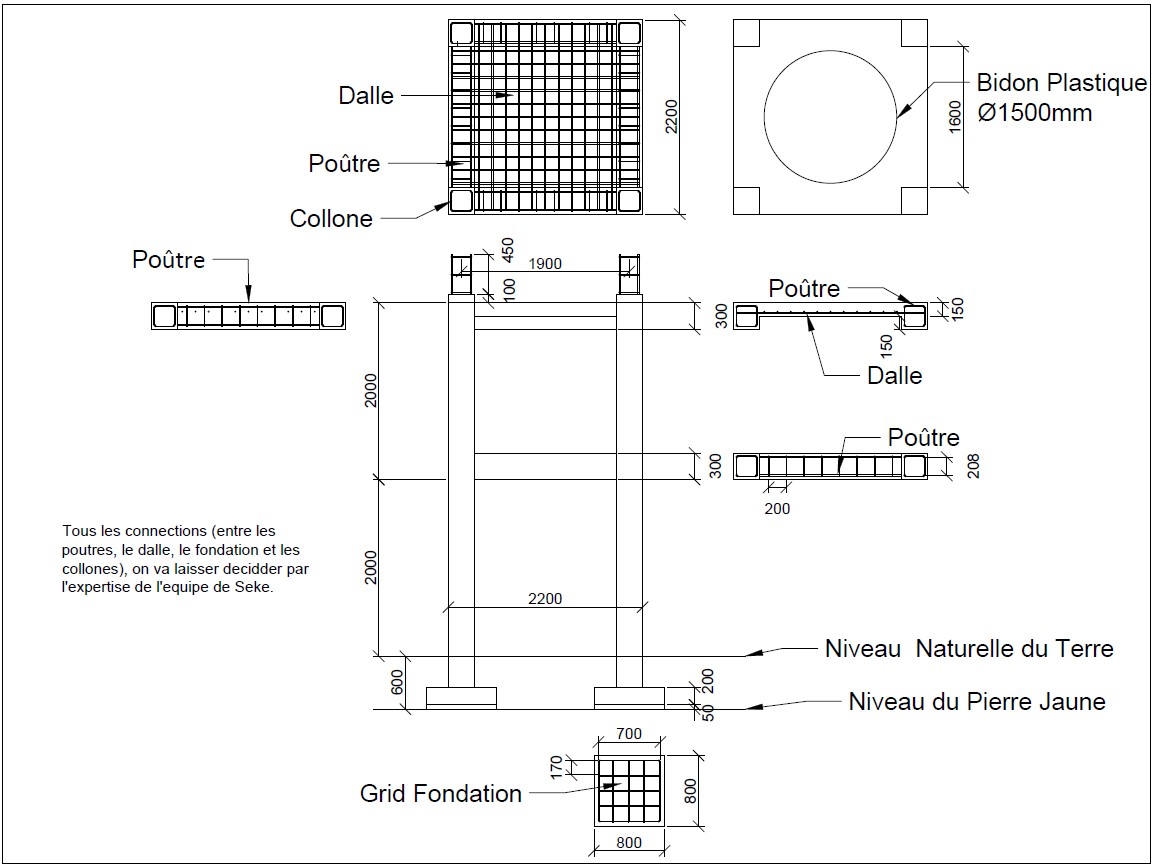
Guttering
One of the first tasks was to find out from which roofs the tank could harvest water. A sufficient gradient is required to cover the gutter distance. We measured the elevation from datum each of the vertices of the roofs using a bodged level device from a long section of stiff pipe with a level attached to the top. Plumb line would have been useful.
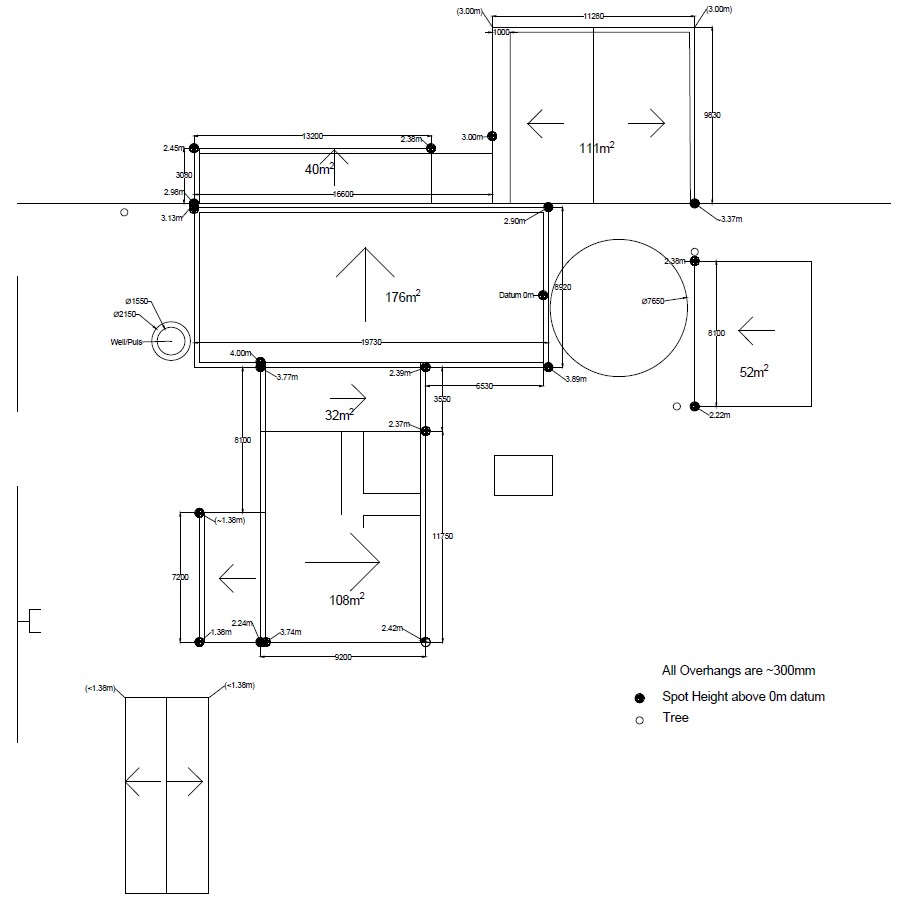
Cleaning System
Particularly difficult was the implementation of a cleaning system, a feature that had been consistently overlooked in similar examples in the area. A wide exit stopcock was required to allow any debris to pass, but the interior level of the tank was below ground level, therefore a sump was dug directly under the purge stopcock with a drainage pipe decanting surface water to a percolation ditch. This ensured that silt or debris could be removed before clogging up the percolation ditch.
